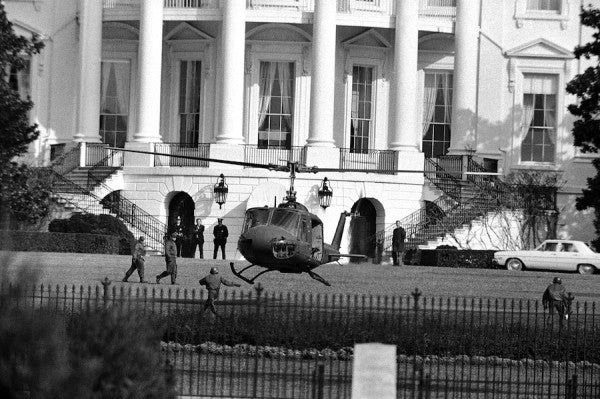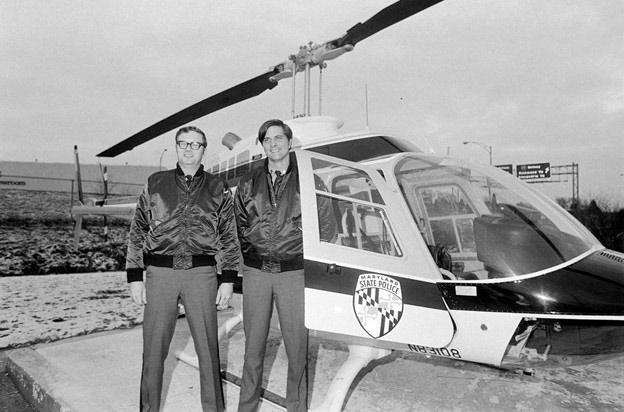The rapid escalation of highway fatalities in the 1960s helped make the Maryland State Police a key innovator in airborne public safety operations. While many other law enforcement agencies adopted jet turbine helicopters for the reduction of crime during that turbulent decade, the Maryland State Police sought to reduce response times to save lives by medevac, the transport of someone to the hospital in a helicopter or airplane. Since 1970, the Maryland State Police has given its state’s residents unmatched access to rapid medevac capability at any time of the day or night anywhere in the state.
A state police aviation division has challenges not experienced by large urban departments. The ebb and flow of state budgets can have enormous impacts with different communities often expressing different levels of demand for services. This has proved especially challenging for the Maryland State Police, who are faced with a complex geography ranging from the Atlantic coast and Chesapeake Bay to the mountainous regions of Western Maryland.
Courtesy of MSP
On March 19, 1970, pilot Corporal Gary Moore and medic Trooper First Class Paul Benson perform the MSP’s first medevac by responding to a crash on the Baltimore Beltway and evacuating a survivor (who lived) to the University Hospital’s Shock Trauma Center in Baltimore. Throughout 1970, the medevac 206B JetRanger would transport 197 patients with an 88% survival rate. The operation did experience some degree of controversy. Demand was initially less than expected because of a lack of understanding of how the evac program worked amongst various state and local agencies. Another issue was the use of aircraft in transporting the governor and other executive VIPs, which inevitably put the medevac mission into potential conflict with political optics – something that would emerge from time-to-time as a contentious issue over subsequent decades.
MSP helicopter provides medevac at the scene of a car crash
Courtesy of MSP
On February 17, 1974, in one of the most dramatic episodes of airborne law enforcement, two MSP JetRangers engage in an aerial pursuit with a stolen Army UH-1B Huey (seen here during its recovery). A disgruntled, washed-out Army helicopter pilot candidate, Private Robert Preston, lifted off from Fort Meade shortly after midnight and proceeded to the White House and hovered over the South Lawn in the dark for ten minutes before departing. A Washington Metropolitan Police Bell 47G and two MSP JetRangers were scrambled in pursuit. After leaving the White House, Preston initially overflew BWI airport, but then decided to surrender in person to President Nixon and proceeded back to the White House. During the aerial pursuit, Preston played chicken with one of the JetRangers, causing a near collision. The other JetRanger, piloted by Troopers Donald Sewell and Lewis Saffran (seen here), put their aircraft between the Huey and the White House when Preston landed and tackled him when he exited the aircraft.

A stolen helicopter lands in front of the White House, 1974

MSP pilots Donald Sewell and Lewis Saffran, 1974
Courtesy of MSP